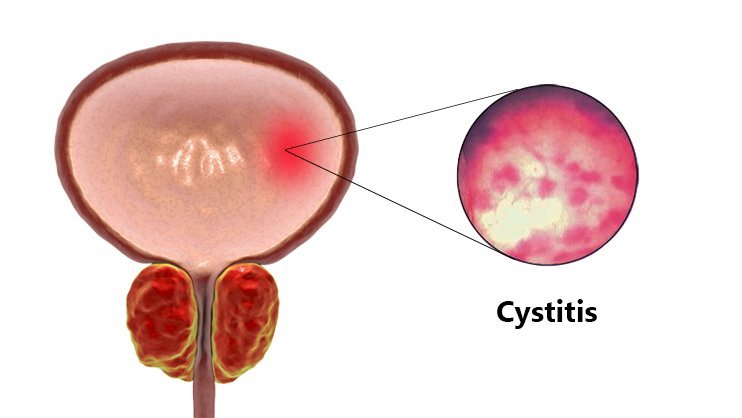Interstitial cystitis (IC), also known as painful bladder syndrome, is a chronic condition characterized by bladder pressure, bladder pain, and sometimes pelvic pain. The pain ranges from mild discomfort to severe pain. This condition can significantly impact the quality of life, leading to issues with sleep, work, and overall emotional well-being.
Symptoms of Interstitial Cystitis
The symptoms of IC vary widely among individuals and can fluctuate over time, with periods of remission and flare-ups. Common symptoms include:
- Chronic Pelvic Pain: Persistent pain in the bladder, pelvis, or lower abdomen.
- Frequent Urination: Needing to urinate more often than usual, often in small amounts.
- Urgency to Urinate: A constant, urgent need to urinate.
- Painful Intercourse: Pain during sexual intercourse.
- Discomfort during Urination: Burning or discomfort when urinating.
Causes of Interstitial Cystitis
The exact cause of IC is unknown, but several factors may contribute to its development:
- Bladder Lining Damage: Damage to the bladder lining, which allows irritating substances in urine to seep into the bladder wall.
- Autoimmune Response: The body’s immune system may attack the bladder, causing inflammation and pain.
- Genetic Factors: A family history of IC may increase the risk.
- Infections: Previous bladder infections may trigger the condition.
- Neurological Factors: Issues with the nerves that carry bladder signals to the brain might be involved.
Diagnosis of Interstitial Cystitis
Diagnosing IC involves ruling out other conditions with similar symptoms, such as urinary tract infections, bladder cancer, and sexually transmitted infections. The diagnostic process may include:
- Medical History and Symptom Review: Discussing symptoms and medical history with a healthcare provider.
- Physical Examination: Including a pelvic exam.
- Urinalysis and Urine Culture: To check for infection.
- Cystoscopy: A procedure to examine the inside of the bladder.
- Bladder Distention: Filling the bladder with liquid to see how it reacts.
Management and Treatment of Interstitial Cystitis
While there is no cure for IC, several treatments can help manage the symptoms:
- Lifestyle Modifications: Dietary changes, stress management, and bladder training exercises can help reduce symptoms.
- Medications: Pain relievers, antihistamines, tricyclic antidepressants, and pentosan polysulfate sodium can provide relief.
- Physical Therapy: Pelvic floor therapy to relax the muscles.
- Bladder Instillations: Placing medications directly into the bladder.
- Nerve Stimulation: Techniques like transcutaneous electrical nerve stimulation (TENS) to reduce pain and urinary urgency.
- Surgery: In severe cases, surgical options like bladder augmentation or urinary diversion might be considered.
Coping with Interstitial Cystitis
Living with IC can be challenging, but support and self-care strategies can make a significant difference:
- Support Groups: Joining support groups to connect with others who understand the condition.
- Education: Learning as much as possible about IC to make informed decisions about treatment and management.
- Healthy Lifestyle: Maintaining a healthy lifestyle, including regular exercise, a balanced diet, and adequate sleep.
- Mental Health Support: Seeking counseling or therapy to cope with the emotional aspects of living with a chronic condition.
Conclusion
Interstitial cystitis is a complex condition that requires a comprehensive approach to diagnosis and management. By understanding the symptoms, causes, and available treatments, those affected by IC can work with their healthcare providers to develop a personalized plan to manage their symptoms and improve their quality of life. With ongoing research and advancements in medical science, there is hope for better treatments and, ultimately, a cure for this challenging condition.

